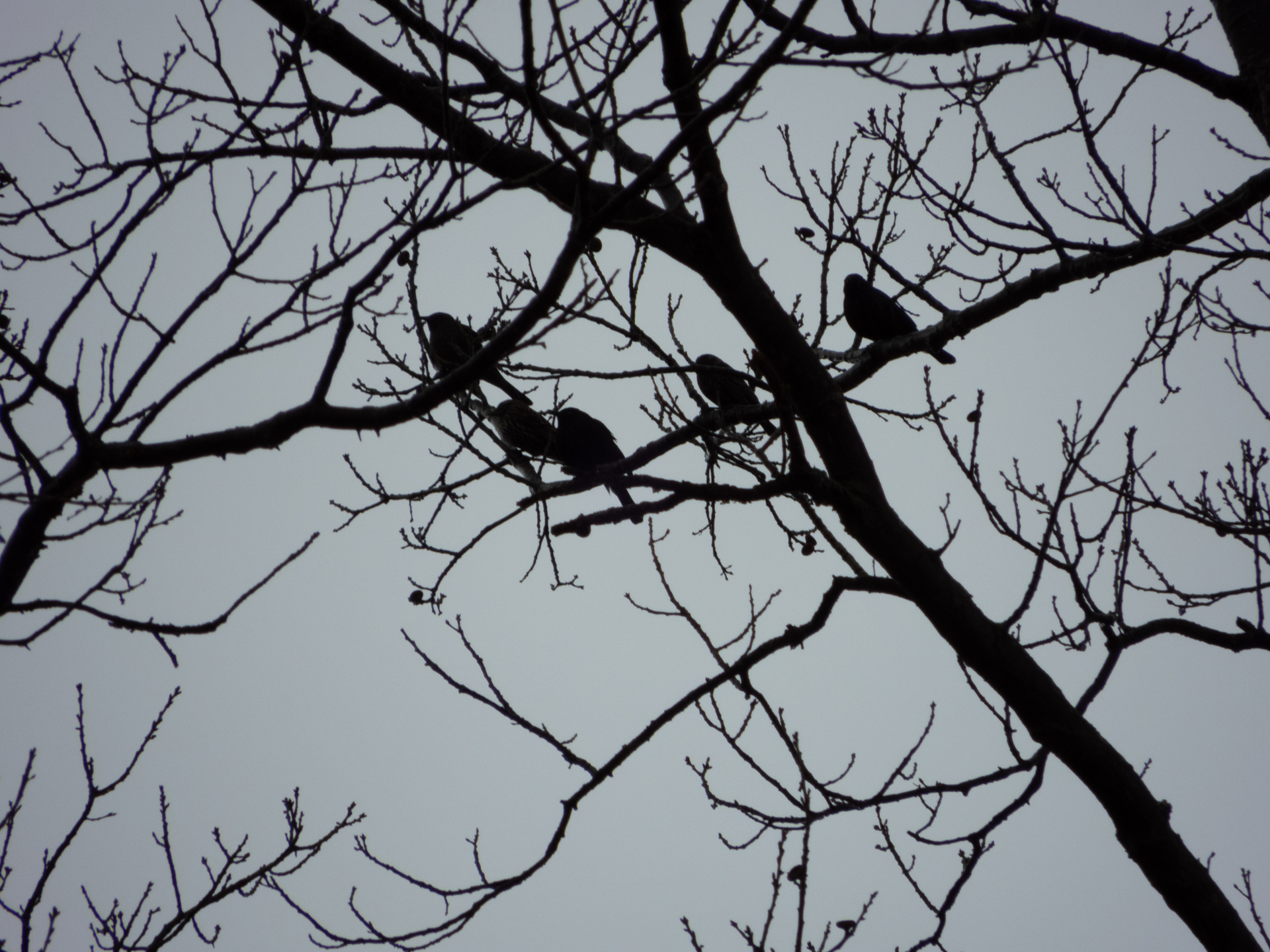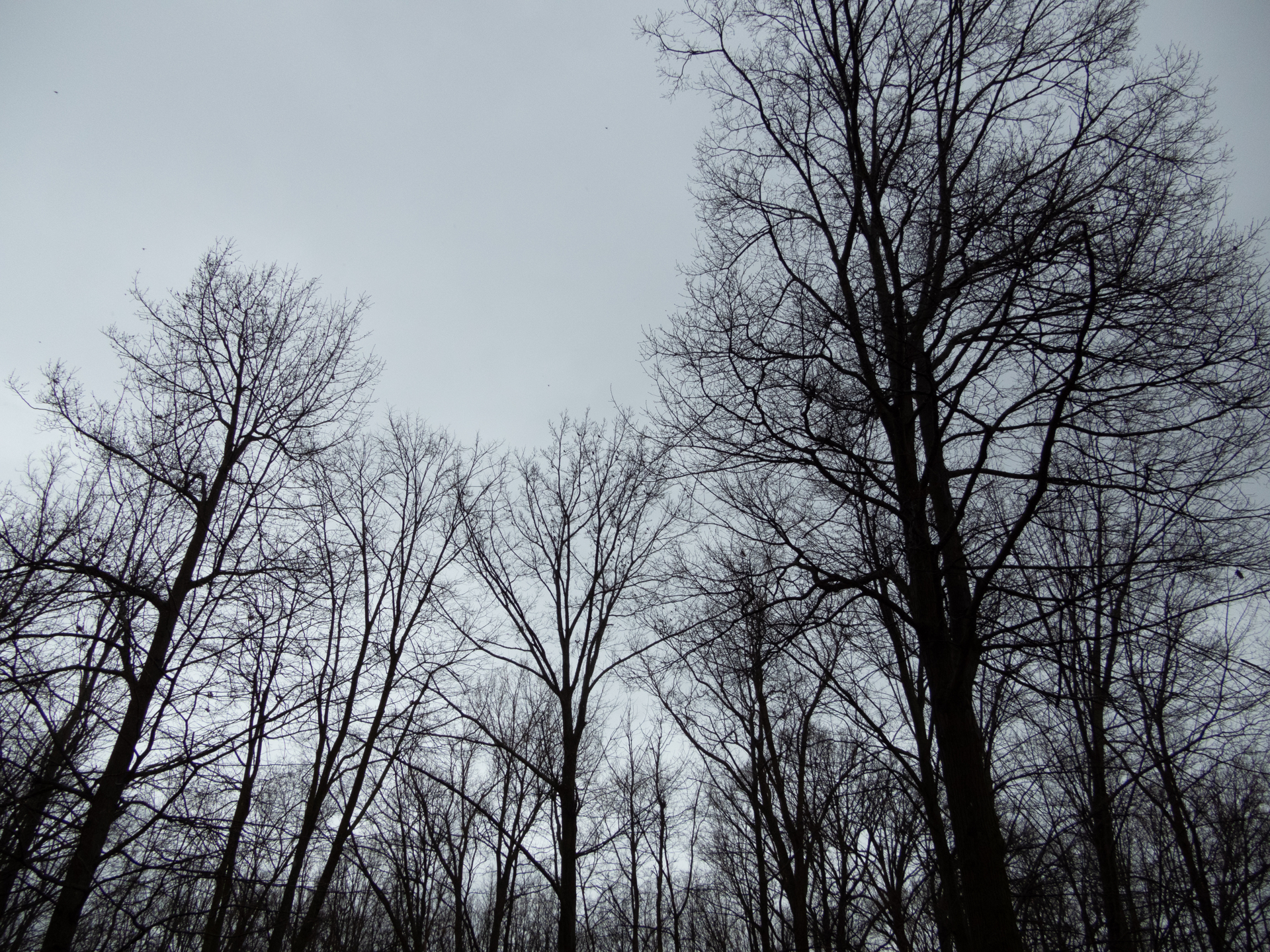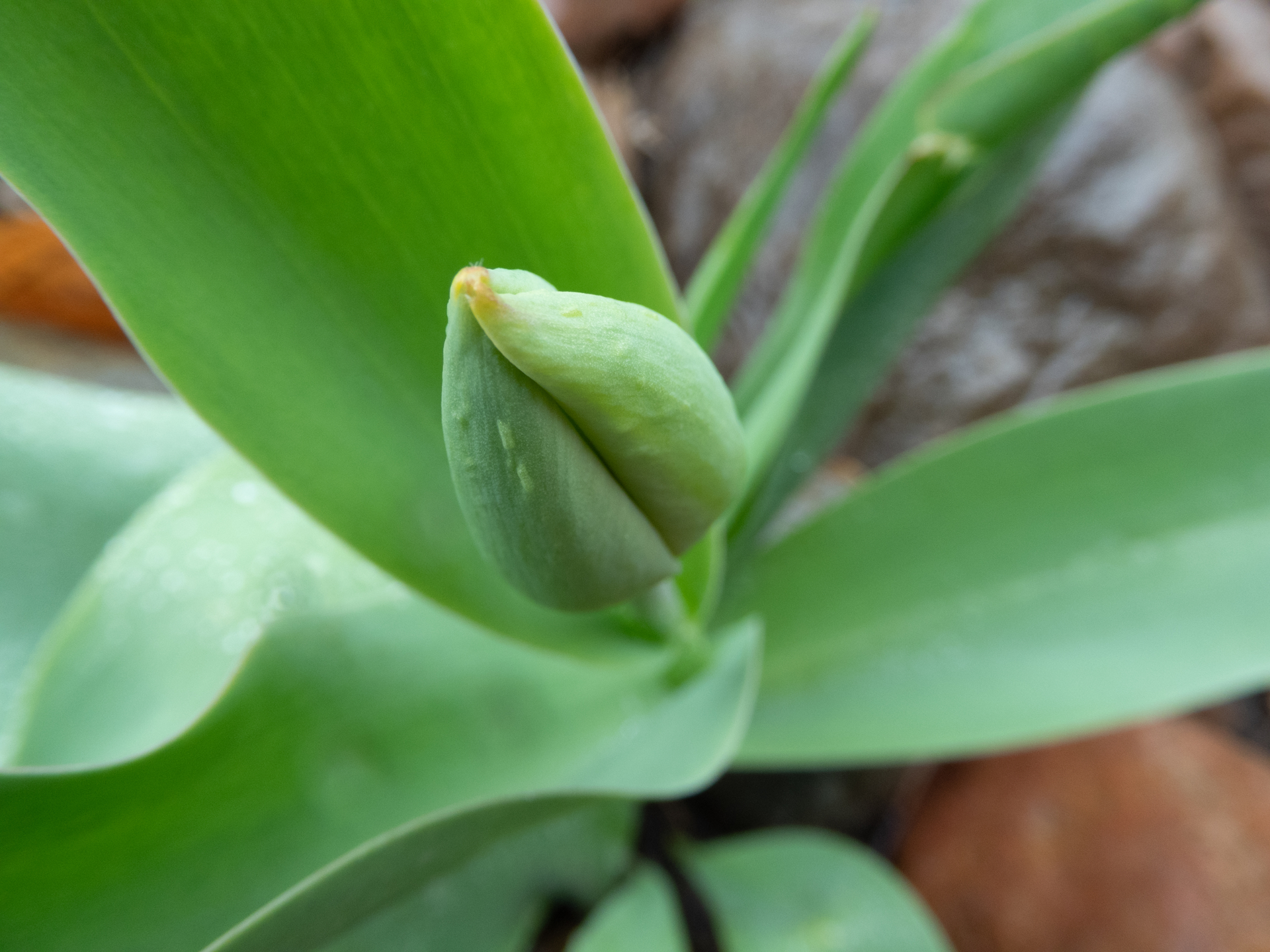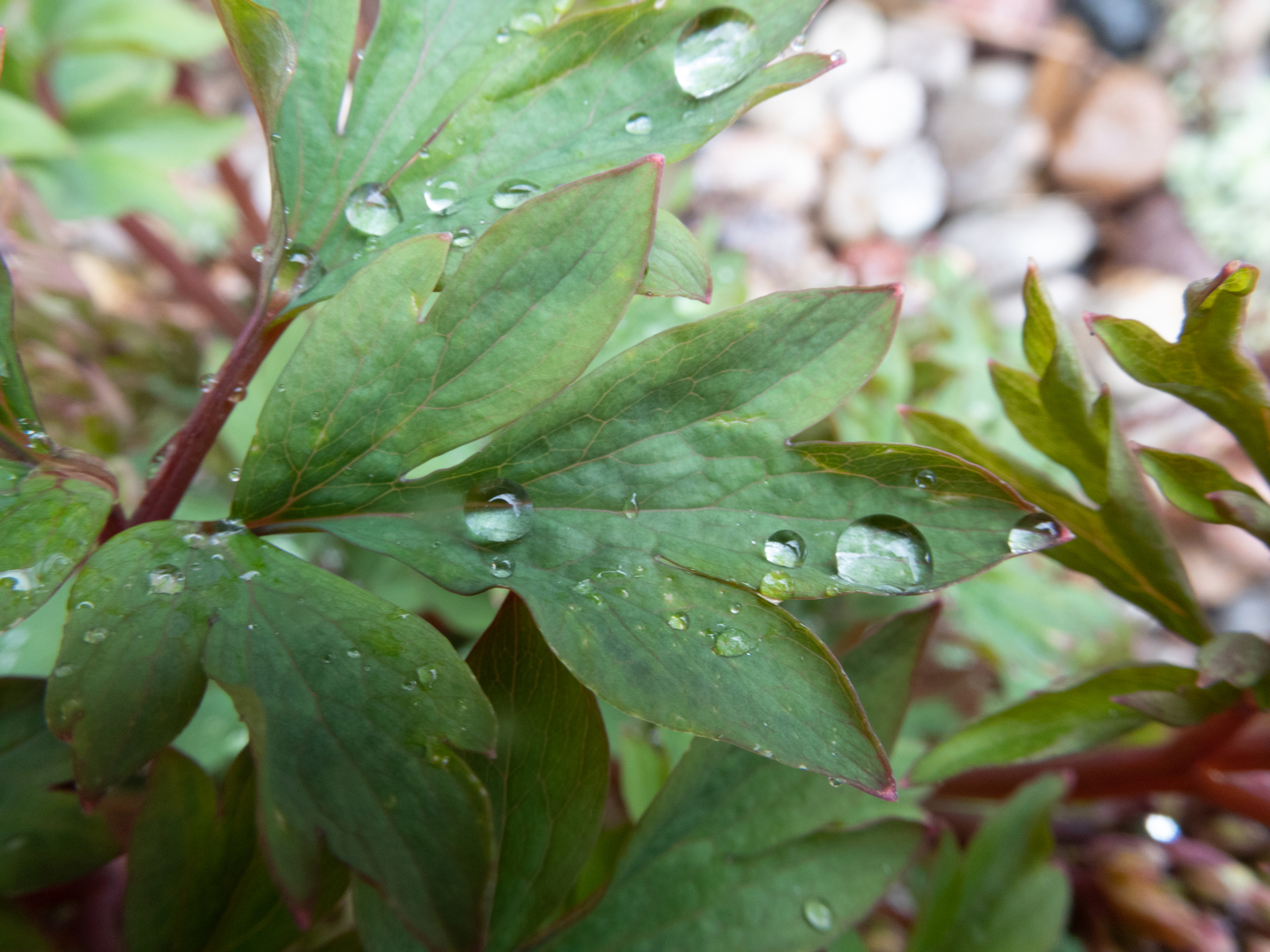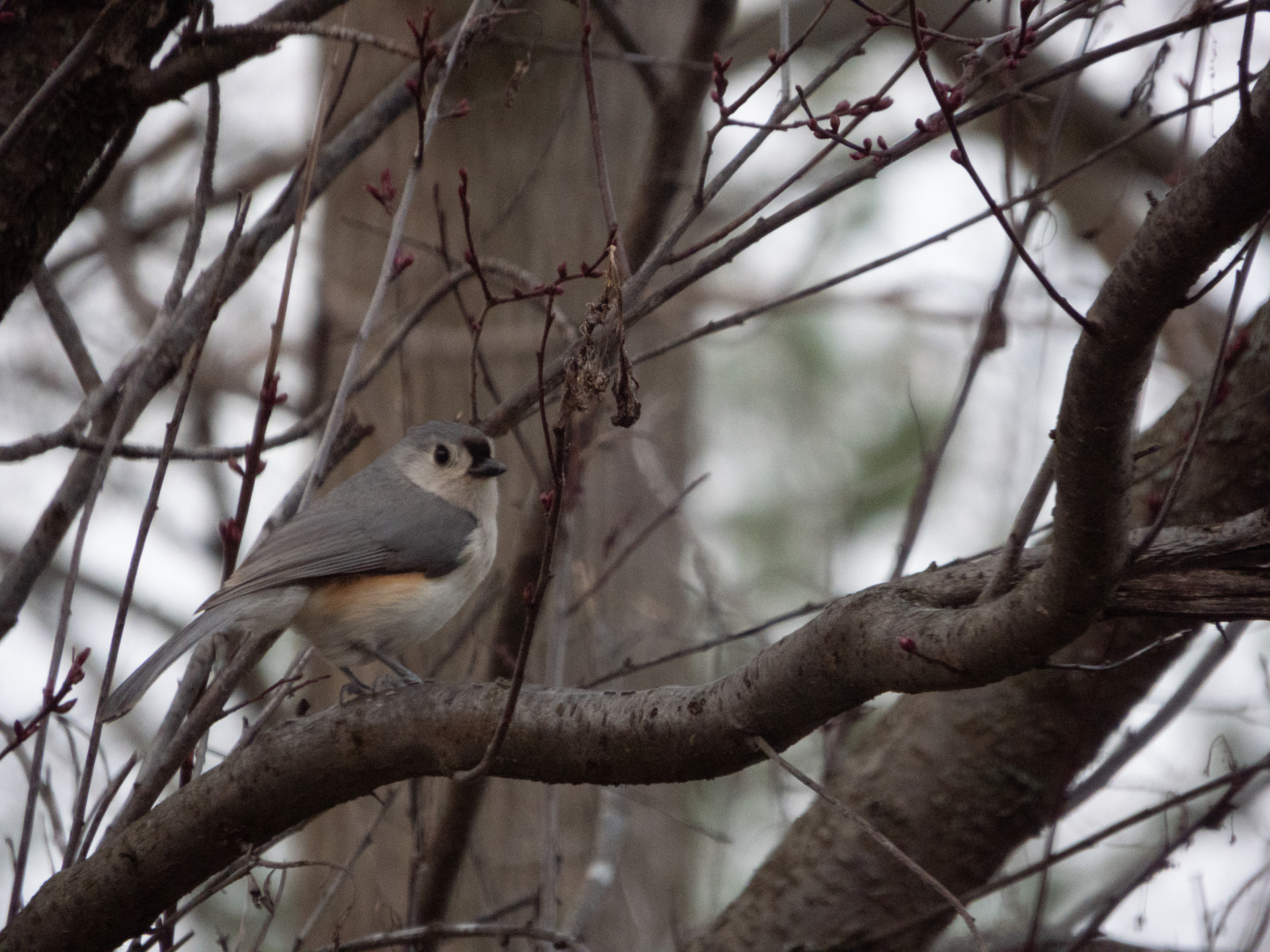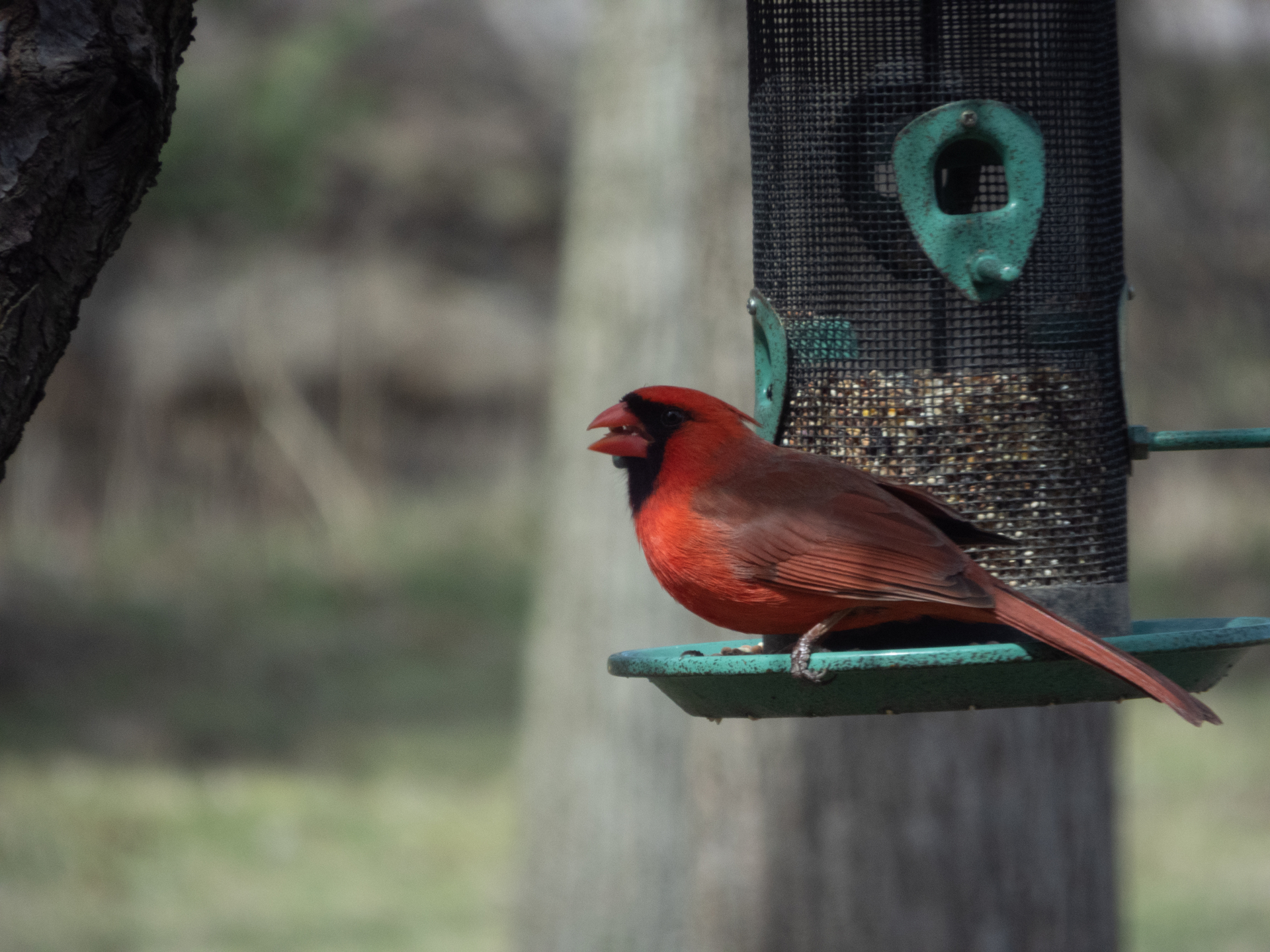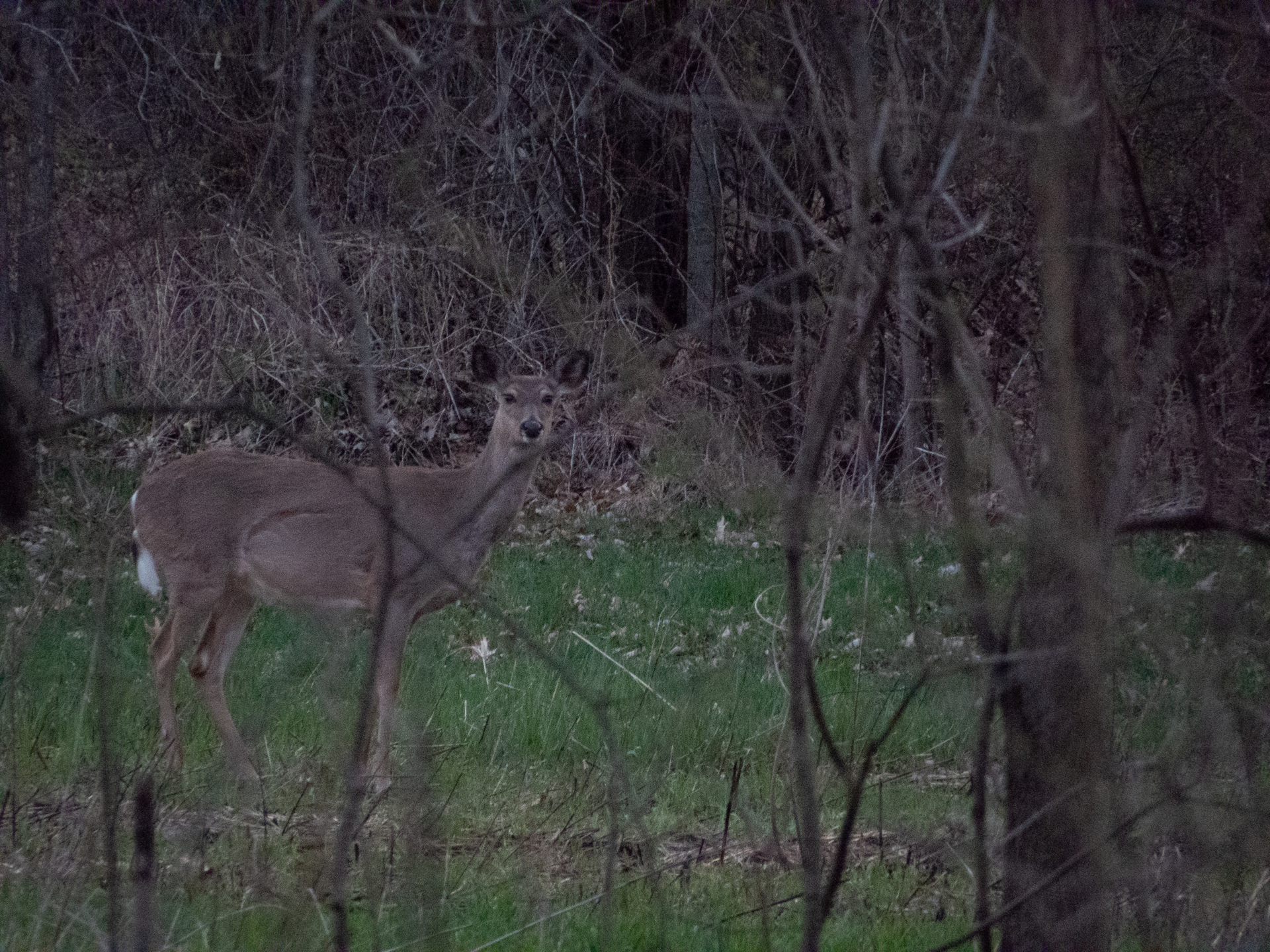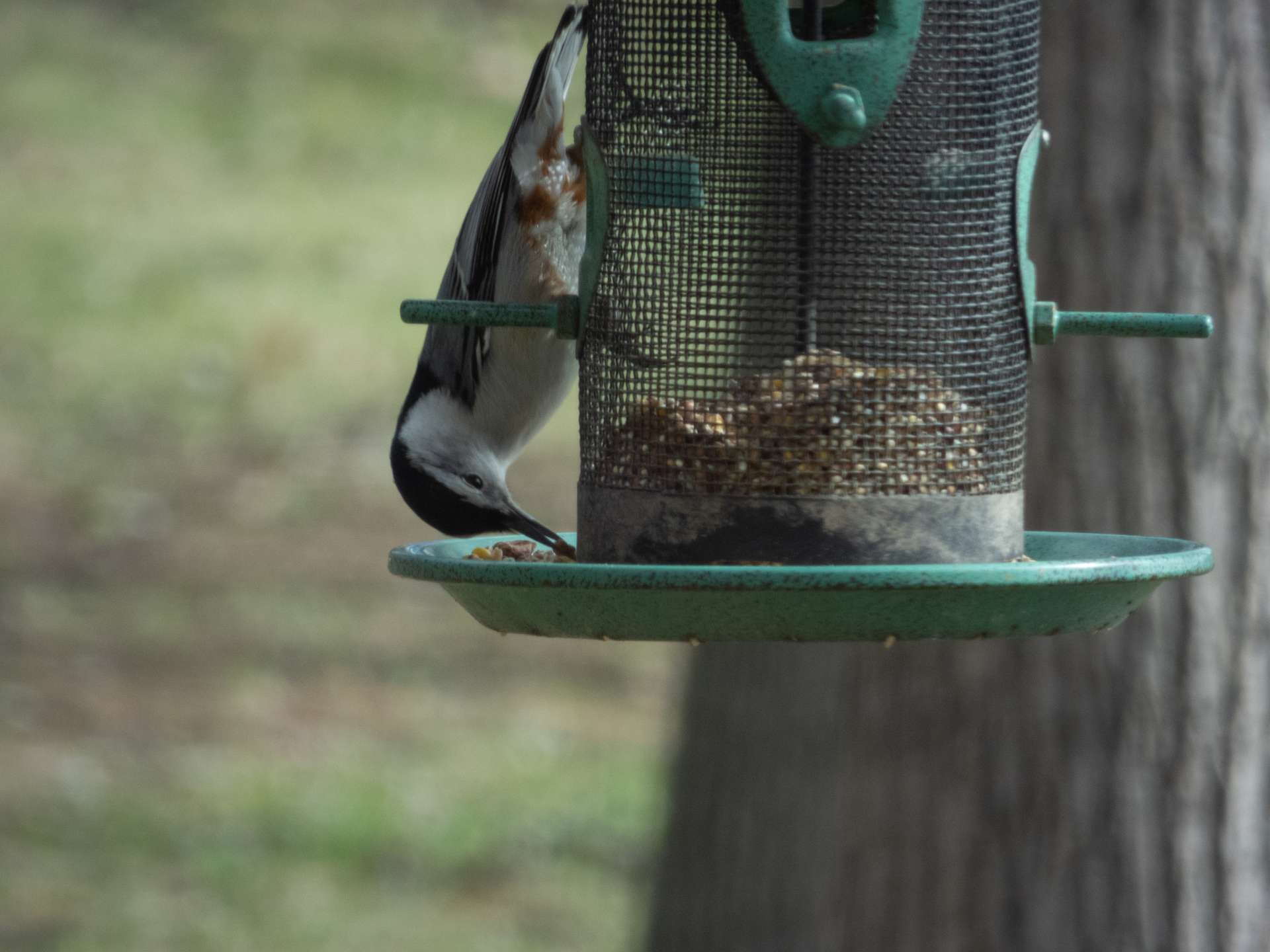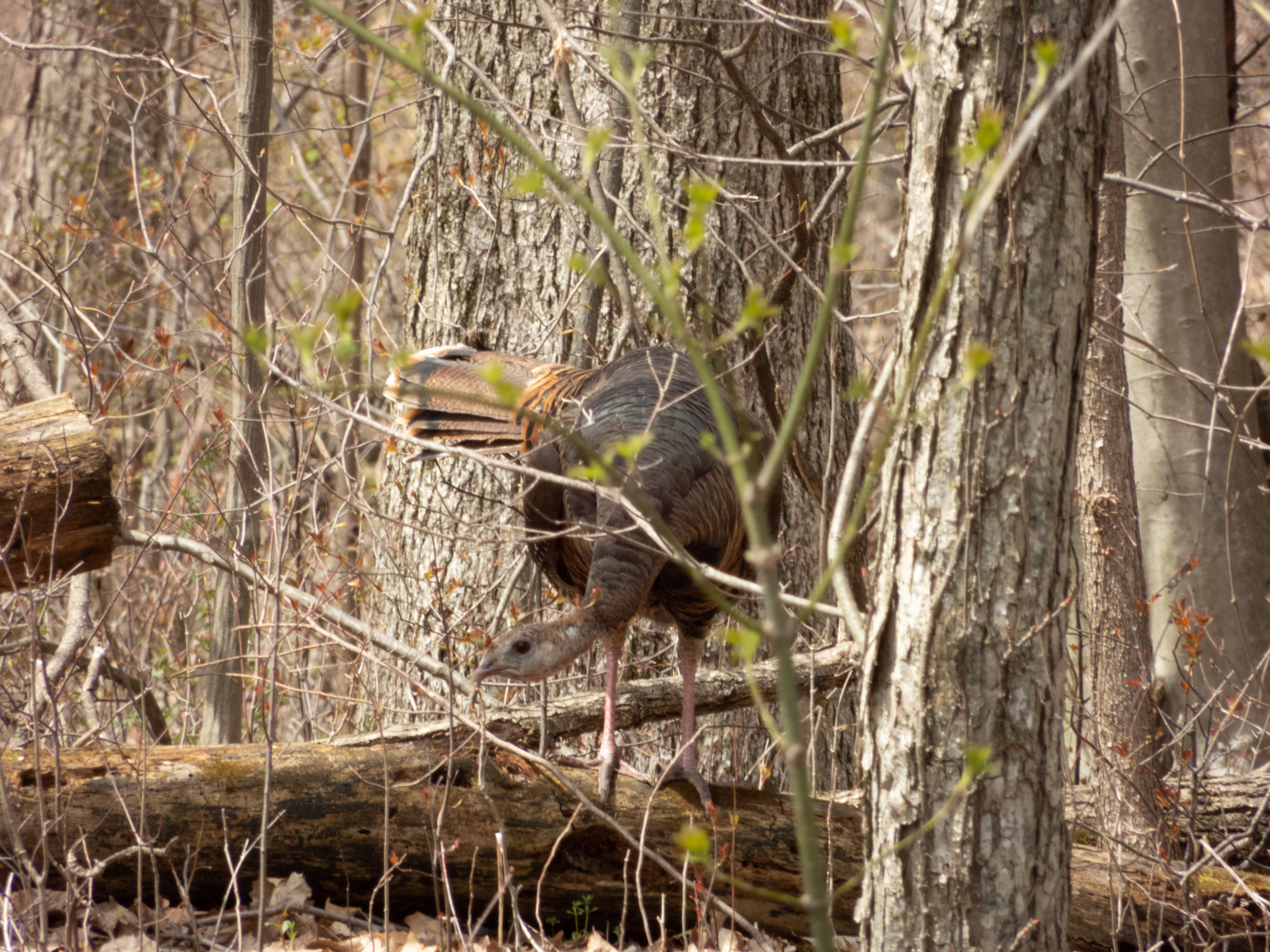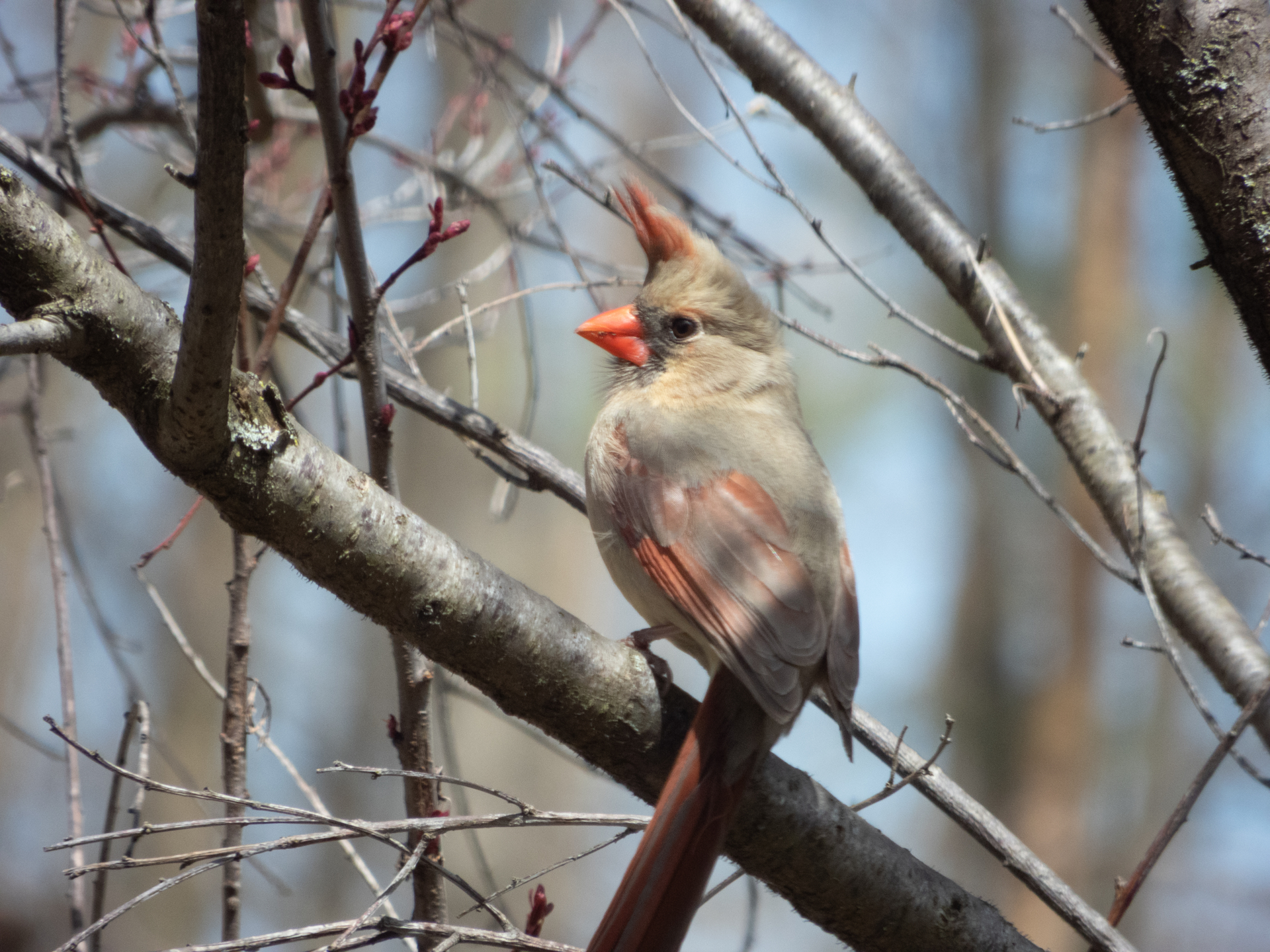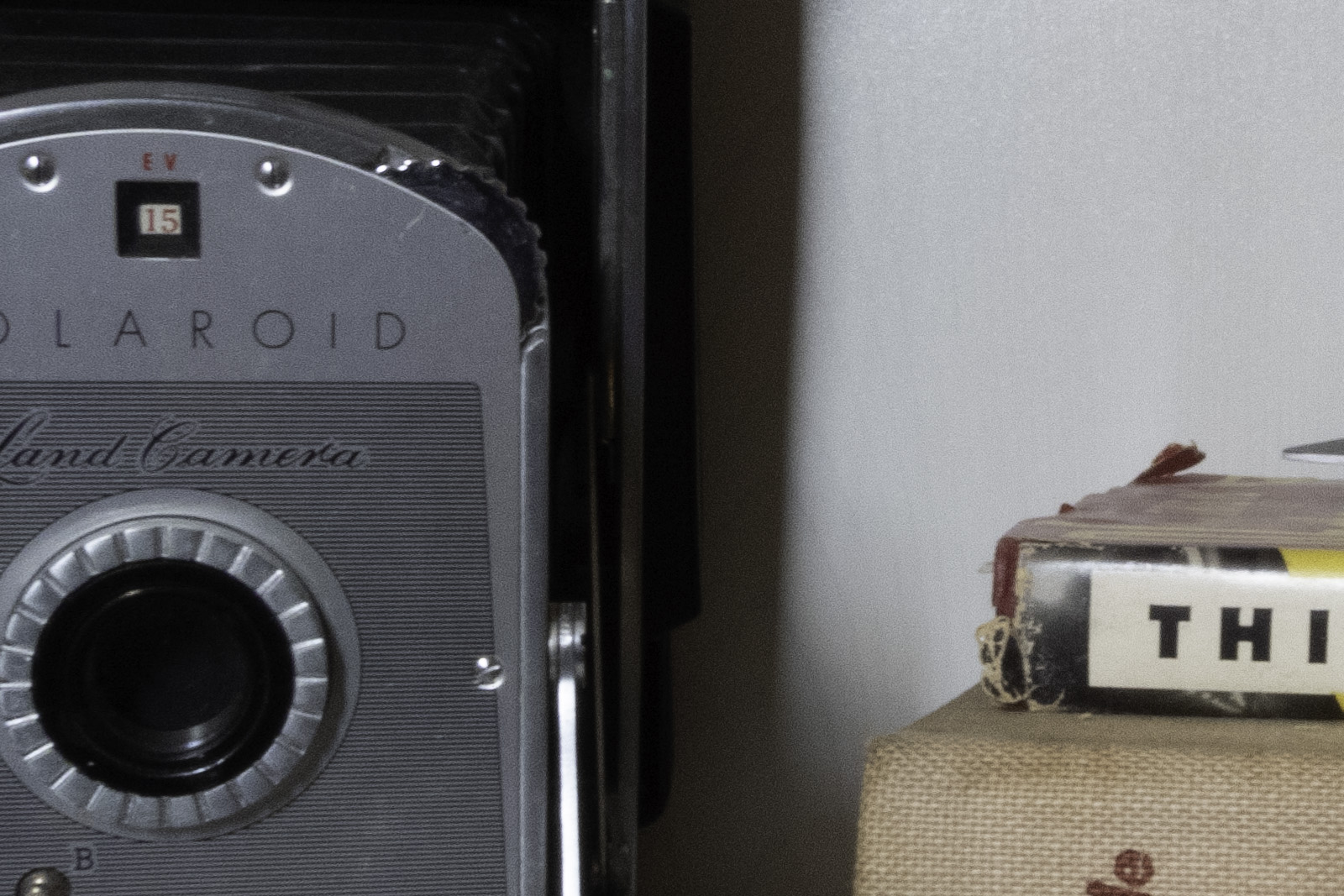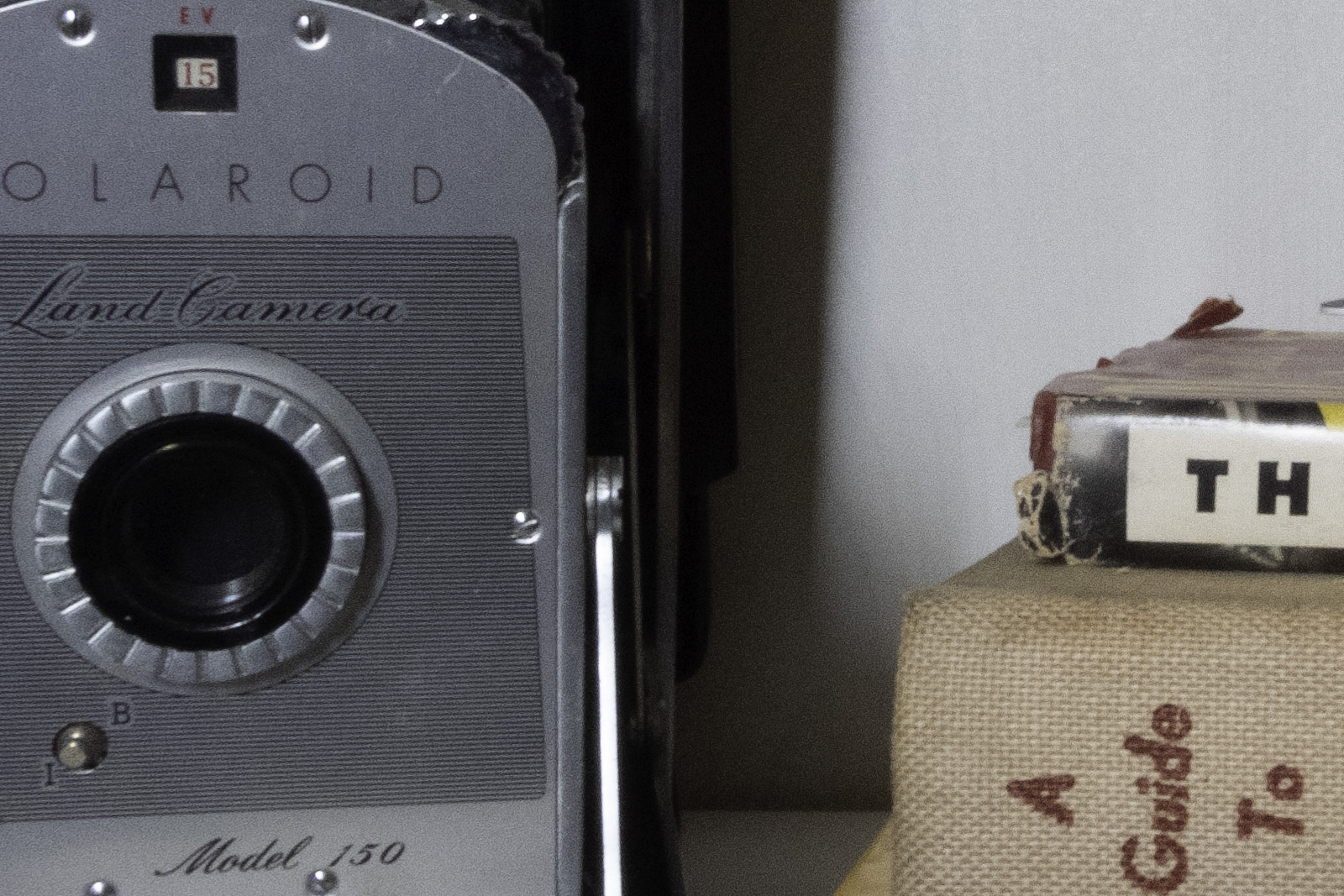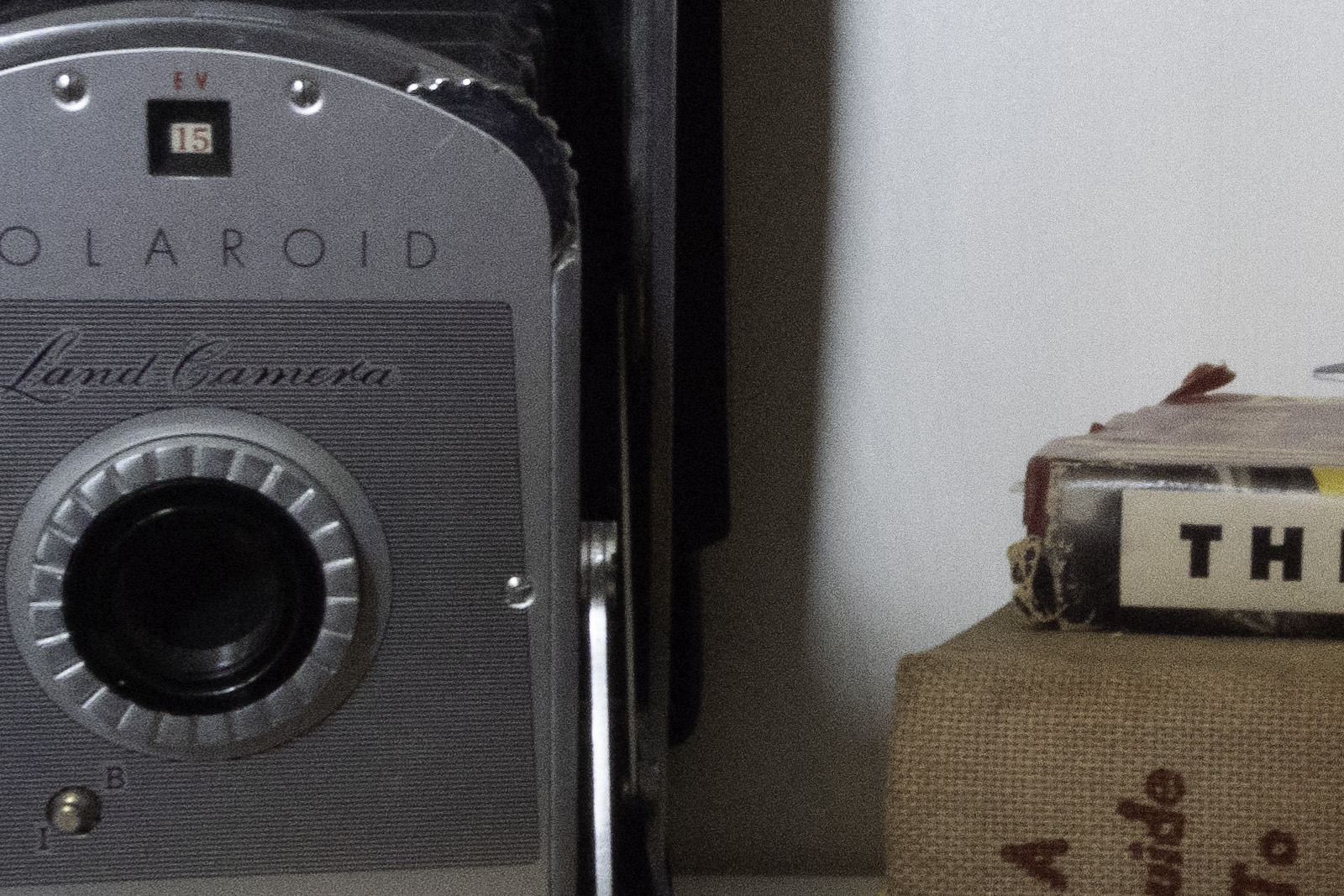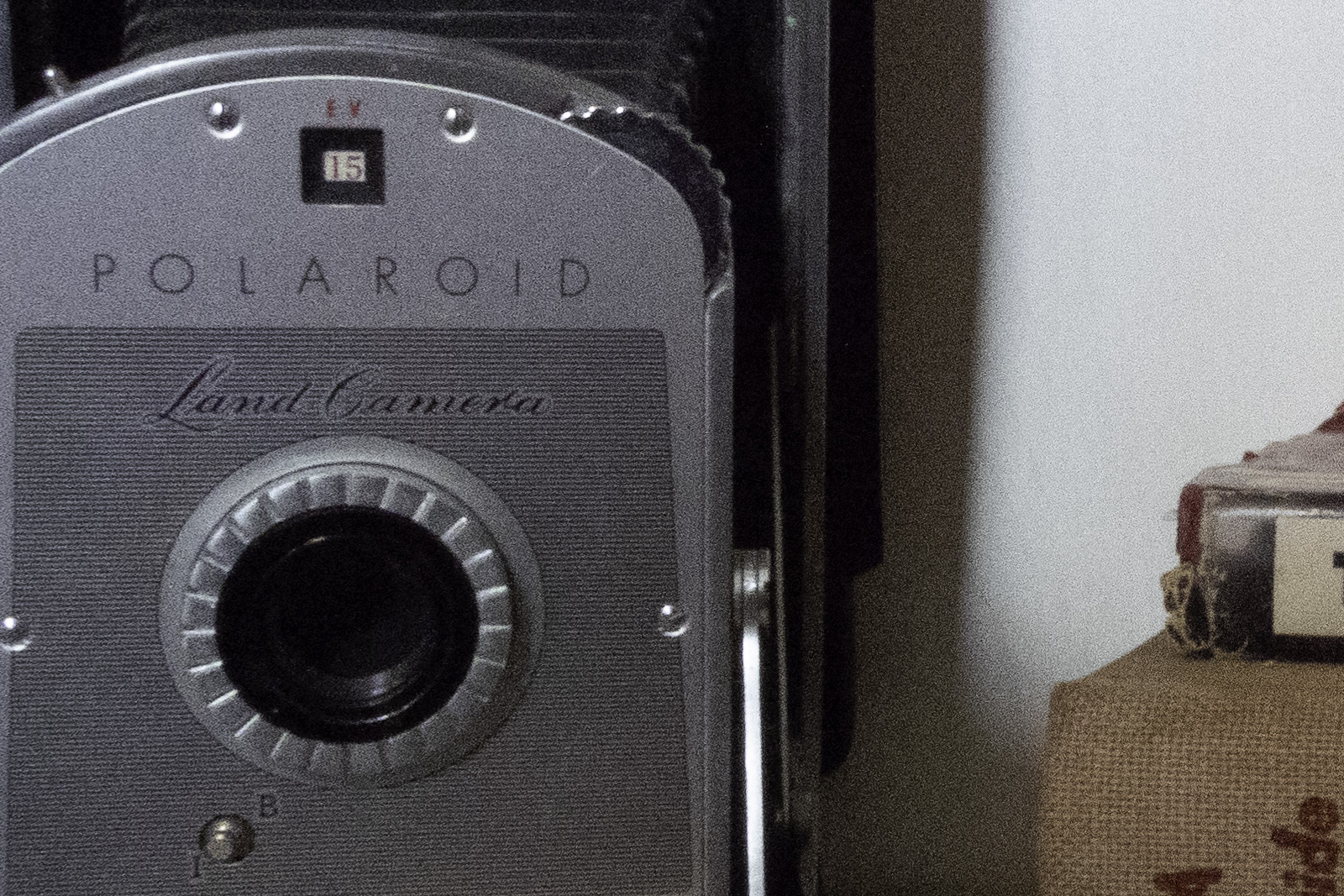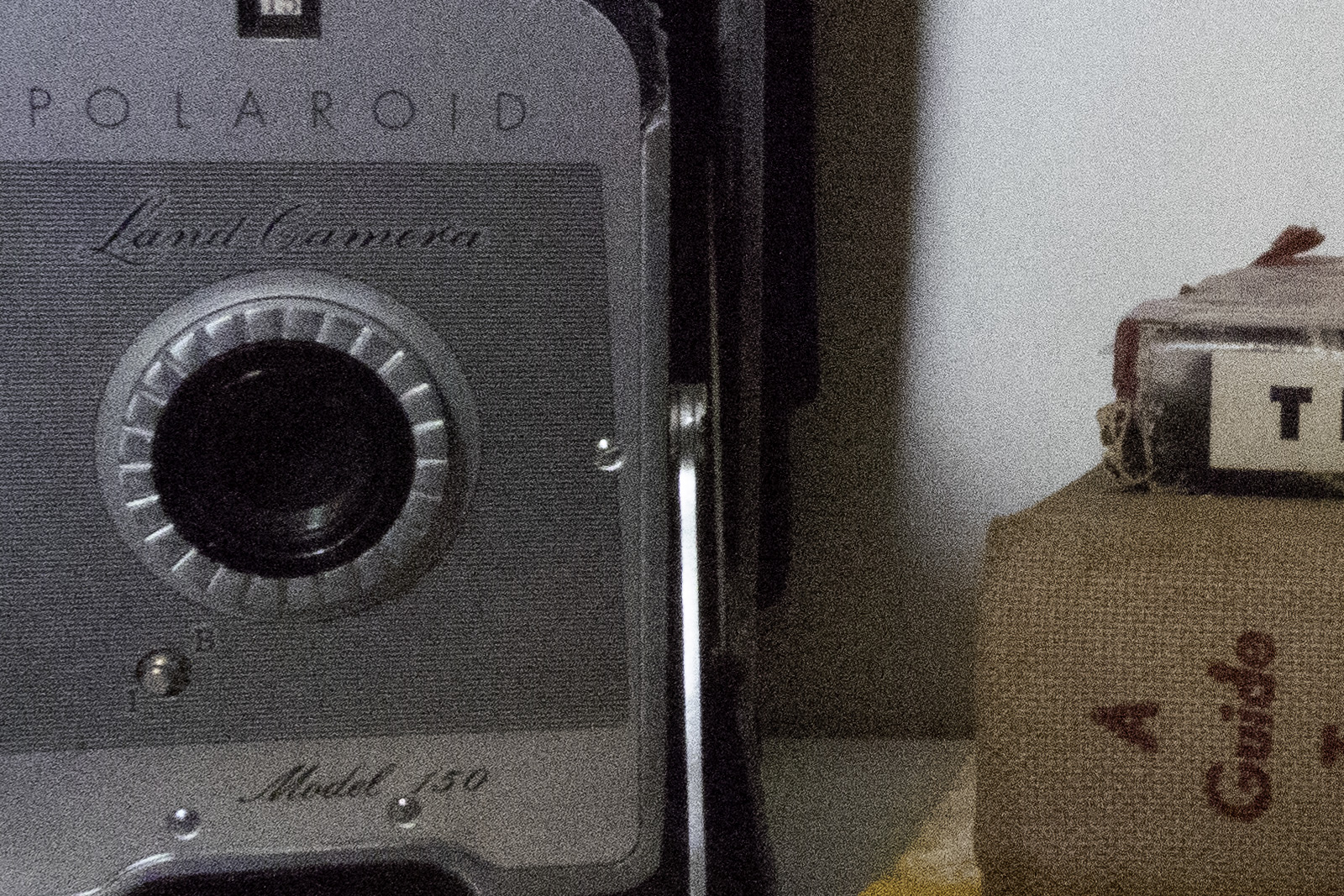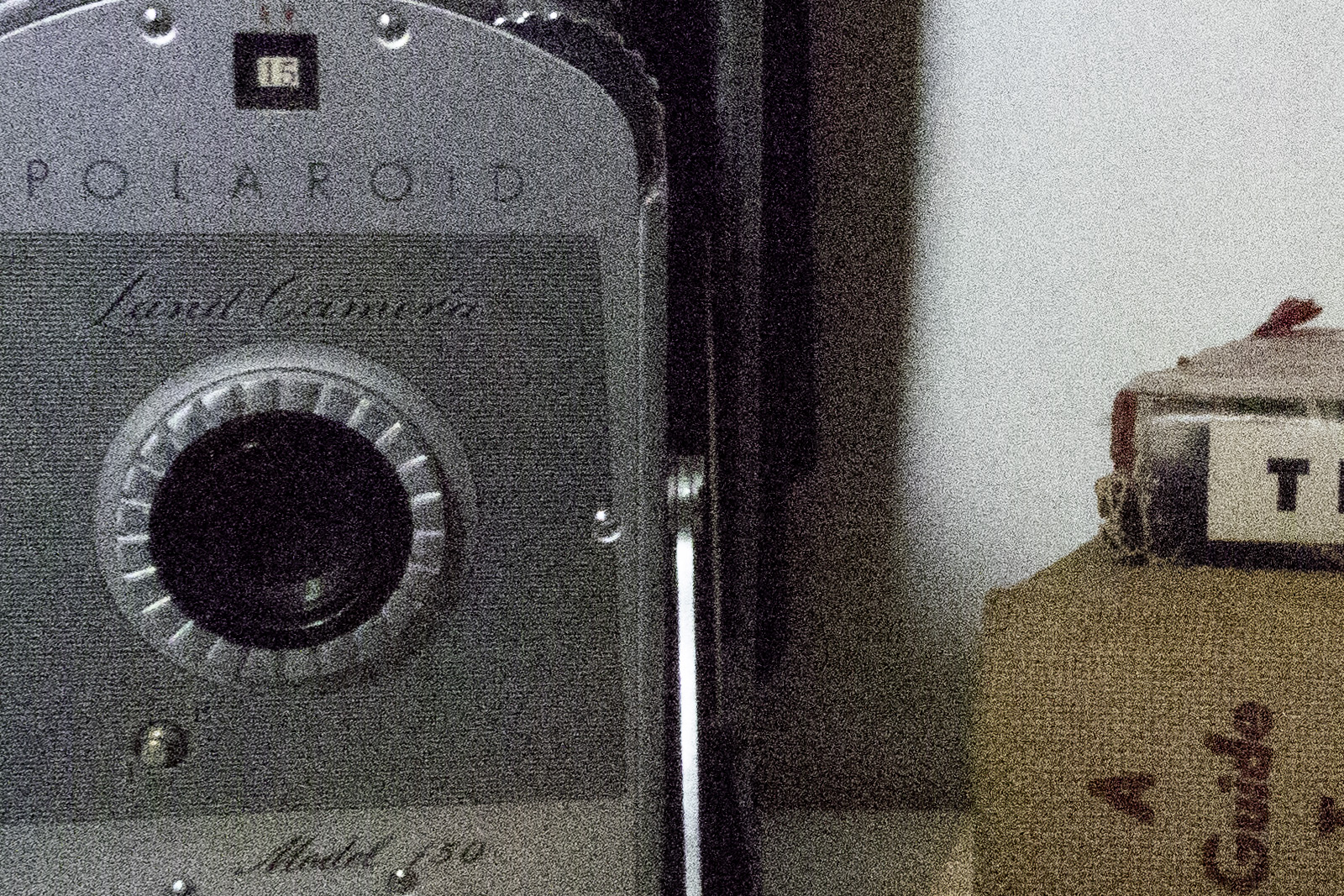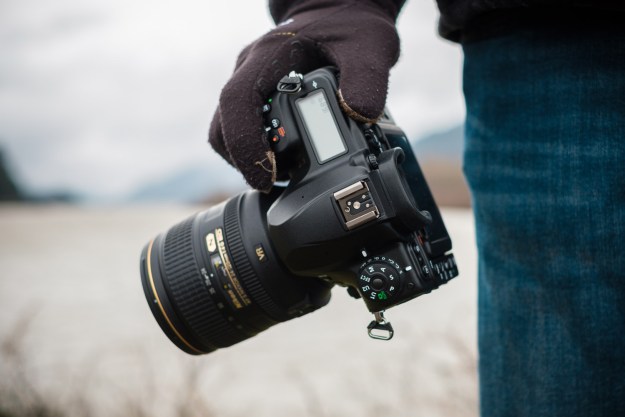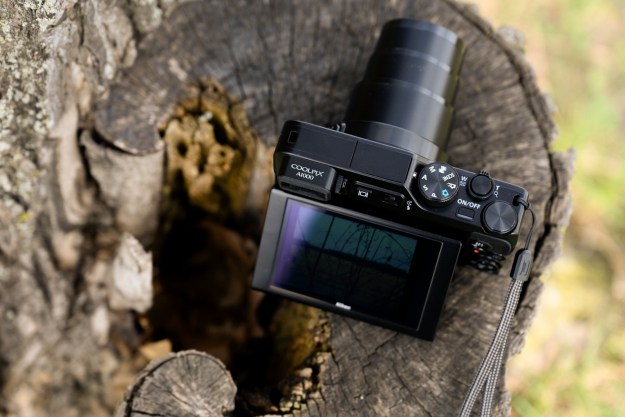
“With a big zoom but a small sensor, the Nikon A1000 gets up close without a huge body -- or budget.”
- Versatile, 30x zoom with macro
- Excellent, comfortable design
- RAW shooting and manual modes
- Image quality suffers in low light
- Sluggish buffer when shooting RAW
- Some softness to images at full zoom
Smartphones may be using artificial intelligence to fake bokeh and improve low light performance, but can your phone make the details on wildlife and other distant subjects feel close enough to touch? The Nikon Coolpix A1000 meshes the portability of a compact camera, the reach of a 30x zoom lens, and controls resembling a mirrorless camera — all for a price that’s under $500.
Budget cameras tend to be hit or miss, however, and the Nikon A1000 packs in only the typical 1/2.3-inch sensor — and doesn’t have a phone’s computational photography to help it out. So is that long zoom enough? We tried it out to see what this $480 camera can do — and find out who the Nikon A1000 is for.
Slim, feature-packed design
The Nikon A1000 touts more than just a zoom that a smartphone can’t compete with — the camera is packed with physical controls and design features that are tough to find on budget cameras (and impossible to find on phones). The controls feel more like a mirrorless camera than a point-and-shoot. Despite the abundance of controls, the A1000 weighs in at a light 11.7 ounces. At 1.6 inches deep and 4.5 inches tall, the camera can slide into most coat or cargo pockets.
The wider girth and a small grip at the side makes the camera a bit more comfortable to shoot with than a smartphone. The lens requires a small protrusion at the front of the camera even when closed, but that space is put to good use, with a secondary zoom toggle and button on the lens barrel.
There’s a tilting touchscreen and a small electronic viewfinder. The screen uses a hinge attachment to flip 180 degrees for selfies, but unusually, it flips down under the bottom of the camera, not out to the side. If you’re using a tripod, you won’t be able to flip the screen forward.
Viewfinders aren’t as easy to find on sub-$500 compact cameras, but the A1000 manages to fit one in. However, it’s nothing like the great EVFs we’ve seen on larger mirrorless cameras, like the Nikon Z 6, as it measures just 0.2 inches with a 1.1-million-dot resolution. In many cases, using the LCD screen was easier and more detailed because of the viewfinder’s small size. An eye sensor automatically switches from the LCD to the viewfinder, though if you hold the camera with two hands the left hand sometimes blocks that sensor and activates the viewfinder unintentionally. But, when glare makes the screen hard to see or you want the extra stabilization of holding the camera to your face, the viewfinder is nice to have.
With a macro mode focusing as close as 0.4 inches, and impressive 30x zoom, the A1000 is very versatile, despite the small size.
Nikon also made room for a handful of physical controls often neglected on budget compact cameras. Besides the usual mode dial, shutter release and zoom toggle at the top, a control dial adjusts shutter speed, aperture and other settings depending on the camera mode. The menu navigation control also doubles as a secondary control wheel at the back of the camera, accompanied by shortcuts for flash, macro mode, exposure compensation, and self-timer. A second zoom toggle sits near the lens along with a “zoom back” button to help you reacquire your subject if you lose it while zoomed in at 30x.
The battery and single memory card slot is housed in the same compartment at the bottom of the camera, but far enough away from the tripod mount that many quick release plates won’t block access. Both HDMI and Micro USB ports are included, while Wi-Fi and Bluetooth are built-in for wireless sharing.
A versatile, if sluggish, performance
In addition to the 30x zoom — a 24-840mm equivalent — the A1000 has a macro mode that can focus as close as 0.4 inches from the front of the lens. It’s a versatile camera despite the compact size. The lens range is enough to make what appears as a speck at the 24mm wide end look like a detailed close up at the 840mm telephoto end (there’s an additional 4x digital zoom, but like all digital zooms, this should be avoided).

Options for full manual shooting and RAW files further expand the A1000’s capabilities, allowing users to take control over all the camera settings and gain more flexibility in post. Manual focus is an option, as well. For users that prefer the simplicity of auto mode, there’s the typical scene and auto selections, along with a few more unusual modes like Multiple Exposure Lighten for star trails and light painting.
That versatility doesn’t extend to applications that require speed, however. The 10-frames-per-second burst mode is actually a respectable speed for a sub-$500 camera, but the buffer fills up after just a second of shooting. The camera then needs more than 12 seconds to write those images to the card, during which time you also can’t adjust any controls, operate the zoom, or even review images on the screen. That’s for RAW files, however — shooting JPEGs, the wait time is a third of that, but, oddly, the buffer still fills up after 10 shots.
You buy this camera for the lens — not the small 1/2.3 inch sensor that’s behind it.
Autofocus speed is right on par with what we expected for the budget compact category, locking on quickly in good light but struggling a bit more indoors, particularly in darker scenes with limited contrast. Full time autofocus had a few misses inside a one second burst but managed to capture several sharp images.
Occasionally, the autofocus had some difficulty locking on to small subjects at full zoom, but that was typically right at the cusp of the lens’ autofocus limit, which is 6 feet, 7 inches at full zoom. Most of the time, you won’t be using the zoom on objects that close, but we found manual focus was sometimes necessary to get a focused shot of a subject only a few feet away. When manual focus is necessary, focus peaking highlights the in-focus areas with a white edge to aid in getting a sharp shot.
Auto area autofocus is hit or miss finding the right subject, but that’s why we prefer the single area autofocus on pretty much any camera, and it’s included here with three different types (spot, normal, and wide). Face detection also worked well.
Tracking autofocus likes to follow objects based on color, so the mode performed just fine when the subject was the only thing of that color in the scene, like a brown dog playing fetch on green grass. The tracking had trouble with similarly colored objects, for example, abandoning the brown dog once it moved to an equally brown sofa.

Battery life is rated at 250 shots — but we shot that many before the battery indicator on the screen even moved. Expect the battery to drain faster using the viewfinder, with Wi-Fi on or with heavier video use. But the battery life seems sufficient enough to last for at least a day of casual shooting before a recharge.
While the burst shooting limitations are unfortunate, the A1000 didn’t have any performance issues that really took us by surprise. Compact cameras below the $500 price point typically have slower buffers and longer recording times, and every autofocus system tends to slow down in dark scenes, so while those flaws were noticeable, they are par for the course.
Image quality
The Nikon A1000 is a camera that you buy for the lens — not the small 1/2.3 inch sensor that’s behind it and common in basic point-and-shoots. Images are on par with other compacts with similar sensors, with the added perk of that 30x zoom range. If you don’t need that zoom, however, the A1000 can’t really deliver image quality better than the average compact camera — or smartphone, for that matter.
Sharpness is about average at the widest angle, but tends to get a little soft at full zoom and for some macro shots. Lens shift stabilization helps steady that long zoom, but when shooting at sunset and on overcast days, we used the burst mode just to ensure we’d get one shot that was free of motion blur.
That small sensor shows its limits when working in low light. Images are useable up to ISO 800, and possibly ISO 1,600, depending on your tolerance for noise. The upper limits of the ISO range have very obvious grain as well as color noise. Sticking with the lower ISO can shorten the camera’s versatility — at full zoom with the maximum f/6.9 aperture, getting a sharp, bright shot is tricky. We had trouble early in the morning and late in the evening, where the light is otherwise the most desirable.
While the sensor may be small, the end of that 30x zoom range can create a shallow depth of field that’s not typically found on cameras with such small sensors, blurring the background through a telephoto reach instead of a wide aperture and large sensor. Of course, it won’t always be practical for portraits since you need to zoom in very far to get that shallow depth of field, which doesn’t exactly work for normal portrait-distance subjects.
Colors are generally accurate, although a handful of shots ended up a bit warm. Straight from the camera, JPEGs produced colors generally true to the scene with average sharpness.
For video, the A1000 can capture up to 4K at 30 fps (3,840 x 2,160), while full HD is available when faster frame rates are necessary. You’ll need a tripod to shoot video with the full extent of that 30x zoom — the optical stabilization alone isn’t enough to prevent rolling shutter — but at wider angles, handholding is easy. Video quality shares similar colors from the stills but also similar noise levels for video indoors and in low light with noticeable grain.
When zooming mid-video, there’s an audible buzz followed by a click when the lens stops moving. In full-time autofocus, the camera also felt a bit slow to refocus after adjusting the zoom or after the subject moved.
Warranty
Nikon offers a one-year limited warranty on all cameras, including compacts like the A1000.
Our Take
The Nikon Coolpix A1000 is everything we expected — but to be clear, looking at the price and spec list, we didn’t expect very much. The zoom range offers excellent versatility, while the body and design offers a portable yet comfortable user experience. But, as a more budget-friendly camera, the buffer is a little slow and a smaller sensor means images suffer from noise in low light.
Budget compacts no longer snap significantly better images than phones — but the A1000 offers an optical zoom that’s not possible on a smartphone, all packed in a body that’s more comfortable to use with extras like manual exposure mode and RAW shooting. Of course, RAW shooting and manual exposure are also available on phones via third-party apps. The A1000 also isn’t going to capture the best possible images for under $500 — for that, consider something like the Nikon D3500. But, for photographers who need an 840mm zoom lens that can slip in a pocket, the A1000 may be just the right fit.
Is there a better alternative?
The A1000 has a few competitors that pack a similar zoom into a small body. The Sony HX99 has a similar sensor, zoom lens, and burst speed, but lacks the viewfinder and is a few ounces lighter. The Panasonic ZS80 sits at a lower price point with a few more megapixels and 4K photo modes, though the extra megapixels may hurt for low light shots. The Sony HX80 is even cheaper, at about $370 because it’s a 2016 camera, but lacks
How long will it last?
Compact cameras typically last a few years before the tech becomes significantly outdated. Without weather-sealing, users will need to take care to keep the lens free of dust and sand, as well as staying away from moisture.
Should you buy it?
Most people do not need this camera. If you need a low light performer, a fast action camera, or image quality better than a cameraphone, you’ll find better options elsewhere. If you really do need a 30x zoom that’s small enough to take anywhere and costs under $500, then the Nikon Coolpix A1000 is a viable option.
Editors' Recommendations
- New Nikon camera gear for space station marks end of an era
- Nikon launches the Z9, a pro-grade camera without a mechanical shutter
- The Nikon Z 7 II and Z 6 II are coming October 14: Here’s what we want to see
- Sony RX100 VII vs. ZV-1: How does Sony’s vlog-focused compact stack up?
- Nikon’s flagship and very pricey D6 camera finally starts shipping





